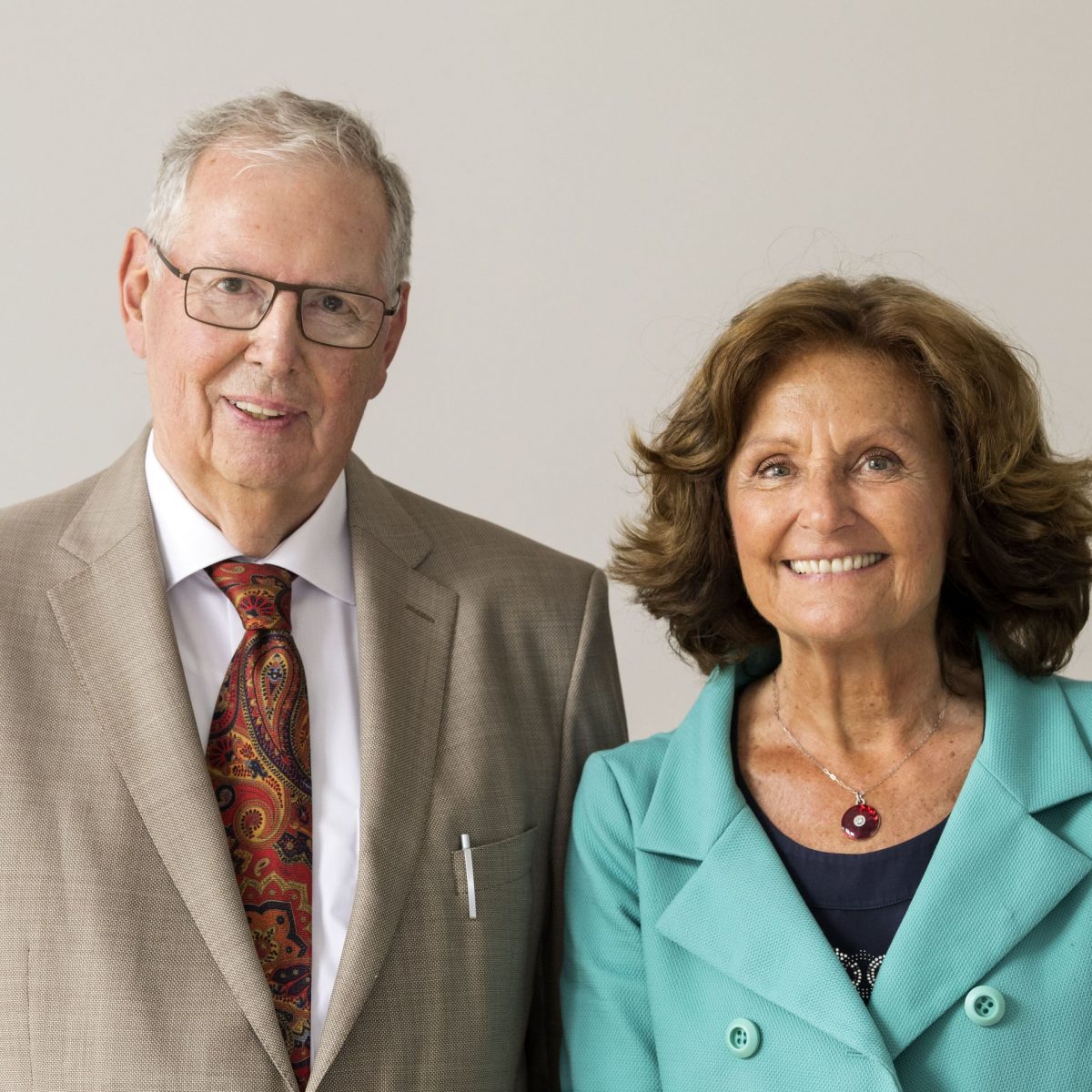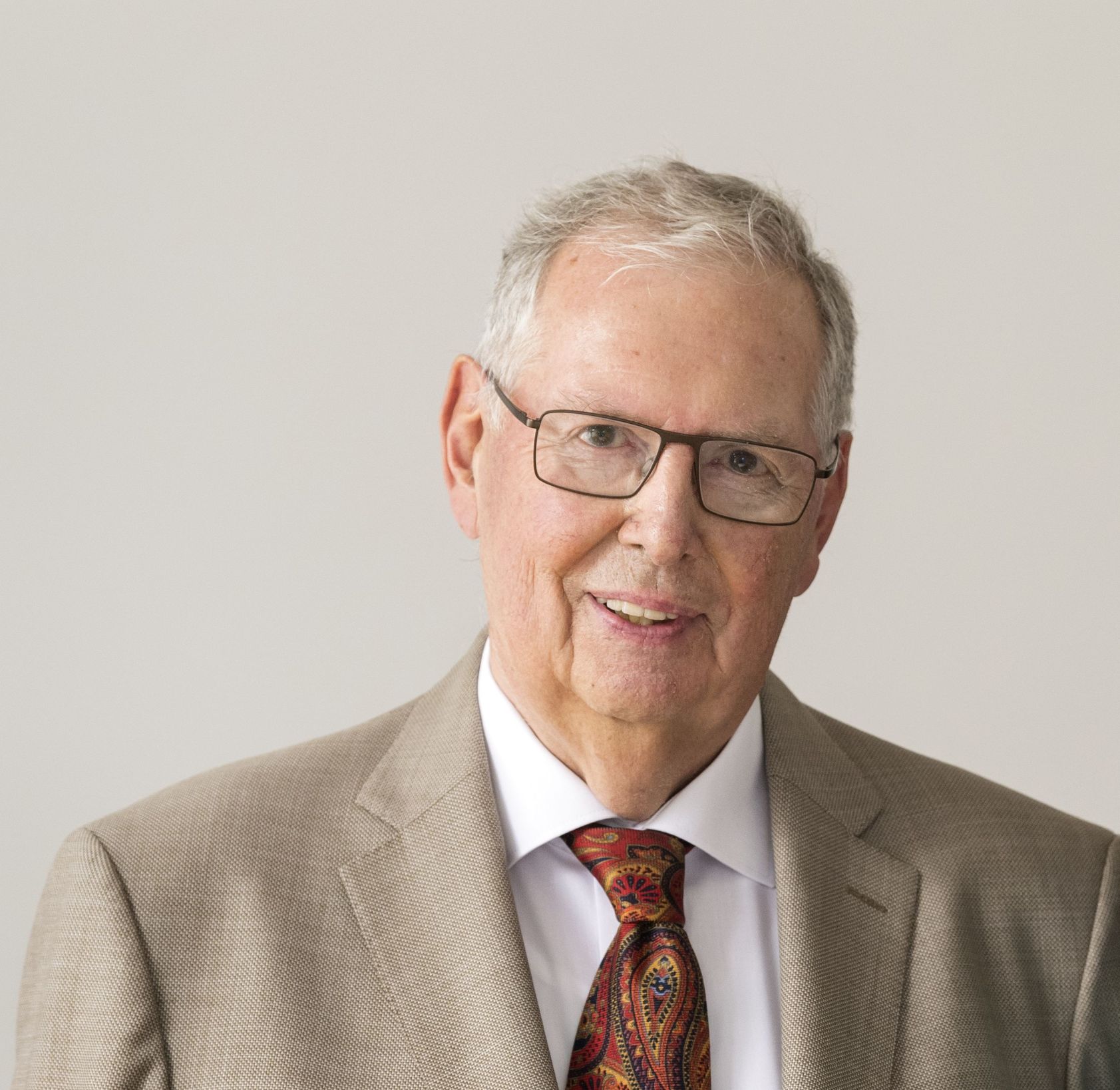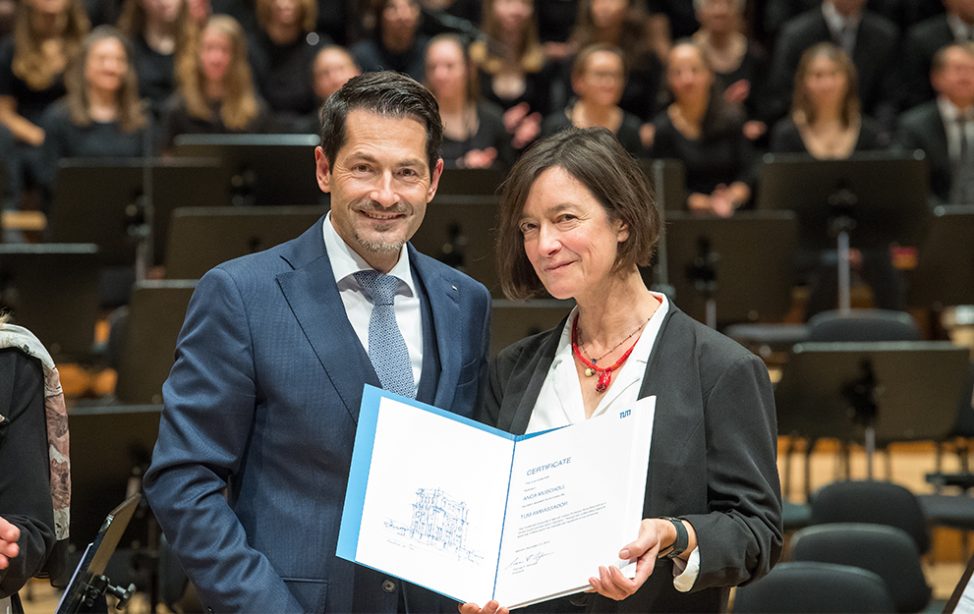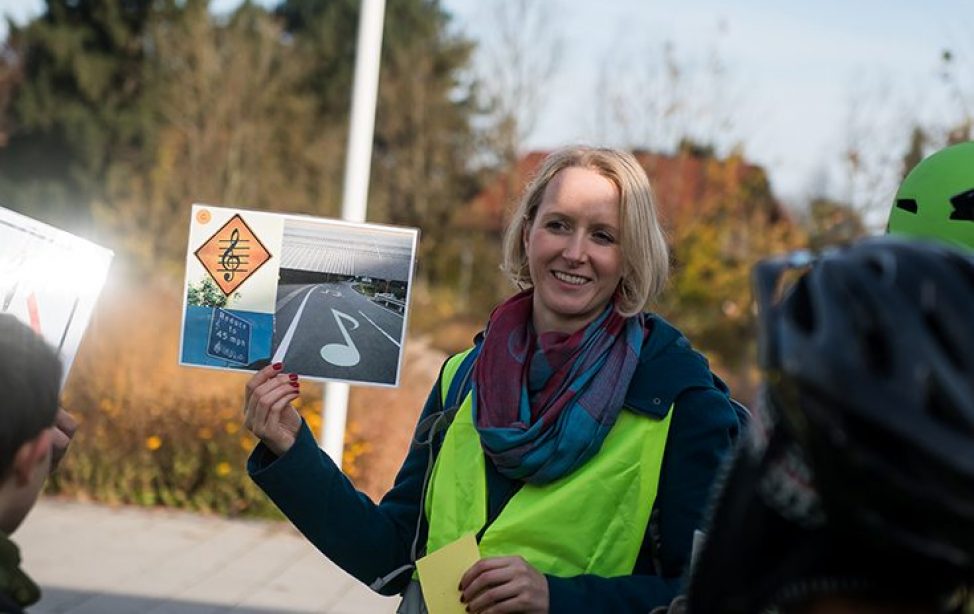
The ombudspersons deal with questions regarding good scientific practice and scientific misconduct. Presently the two Emeriti of Excellence Prof. Dr. Joachim Heinzl and Prof. Dr. Angelika Görg hold these positions (Image: Astrid Eckert/TUM). ALUMNI DOING RESEARCH TUM Emeritus of Excellence Joachim Heinzl “Some things work before you know why” 30. NOV 2022 READING TIME 6 MIN. Joachim Heinzl originally wanted to b
In 1960, Joachim Heinzl began studying Mechanical Engineering at TUM. He remembers his student days well. “Many university teachers were impressive personalities at that time,” he says. Above all, it was TUM Alumni and Professor Dr. Rudolf Koller (Degree Mechanical Engineering 1960, Doctorate 1964) who left a deep impression on him with his exercises on mechanisms and gear trains. Dr. Koller was also the one who enticed Joachim Heinzl away to Siemens in 1968. In fact, the position at Siemens was supposed to allow him to quickly finish his doctoral thesis on the hydraulics of the inner ear and listening theories. But the doctorate had to wait.
Pioneer and bridge builder
Joachim Heinzl’s career got off to a lightning start at Siemens. After two years he became laboratory manager, then laboratory group leader. This was no surprise: not only did Heinzl find the work in the central laboratory for data technology a lot of fun, he also achieved some major successes with his research and experiments in the field of microtechnology. “Some things work before you know why,” Joachim Heinzl remembers with a smile. Together with his small team, he developed the world’s first drop-on-demand inkjet printer, which delivers pressure fluid only on demand.
The pioneer of ink printing technology reports modestly today how surprised he was when he was offered a position at the University of Duisburg in 1975. But in the end, he actually returned in 1979 to his alma mater. For nearly thirty years, he conducted research on printing in the TUM Department for Precision Engineering and Microtechnology. He has also researched low-noise aerostatic bearings, ultra-precision machining, laser measurement techniques and servo-drive technology.
I really enjoyed supervising my many wonderful and successful doctoral students at TUM.
He forged coalitions between science and industry that were equally profitable for both, and thanks to this, good ideas received the necessary funding and were brought to the market as innovations. Together with Chinese guest lecturers and German sinologists, he developed an intelligent text system for Chinese, which was exported by Siemens to the People’s Republic of China. He accompanied three TUM spin-offs, as co-founder and partner, and was later on a member of the supervisory board of one of these.
It has to be fun
Joachim Heinzl has been an emeritus professor since 2005. Of course, he is happy that he now has more time for music and for travelling around the Mediterranean. But he still builds bridges. In 2005, the Bavarian State Chancellery appointed him President of the Bavarian Research Foundation, which he was for six years. Since 2016 he has been a TUM ombudsman together with TUM Emerita of Excellence Prof. Dr. Angelika Görg. In this role, he endeavors to solve conflicts peacefully within the scientific community.
He enjoys attending the seminars of his successor, Professor Dr. Tim Lüth, at TUM and the events of the TUM Emeriti of Excellence, the exclusive group of which he is now a member. “It is a group of like-minded people who can do a lot for the university,” he says. If science is fun, you just have to keep doing it. Joachim Heinzl is a good example for this.

Joachim Heinzl (Picture Astrid Eckert/TUM).
Degree in Mechanical Engineering in 1965, Doctorate in 1969
From 1960 to 1965 Joachim Heinzl studied Mechanical Engineering at TUM. In 1969 he received his doctorate in the field of Electroacoustics. From 1968 to 1979 he worked for Siemens AG in Munich, where he developed the world’s first commercially successful drop-on-demand ink printer. In 1978, Joachim Heinzl accepted the TUM Chair for Precision Engineering and Microtechnology, a position he held until he became an emeritus professor in 2005. He was Vice Dean of the Department of Mechanical Engineering and from 1995 to 2002 he was Vice President of TUM.
Since 1998 he has been spokesman for the Bavarian business plan competition MBPW. From 2006 to 2012, he was President of the Bavarian Research Foundation. Since 2003 he has been a member of the National Academy of Science and Engineering (acatech) and since 2007 a foreign member of the National Academy of Engineering, Washington.
Joachim Heinzl has received numerous awards and honors for his groundbreaking achievements, including the TUM Heinz Maier-Leibnitz Medal and the Aachener und Münchener Preis für Technik und angewandte Naturwissenschaften (Aachener und Münchener Prize for Technology and Applied Sciences) awarded by the Carl-Arthur Pastor Foundation for his life’s work. In 2006, he received an honorary doctorate from the Faculty of Mechanical Engineering of the Leibniz University Hannover, in 2009 he was awarded the Order of Merit of the Federal Republic of Germany.
Joachim Heinzl lives with his wife in Munich. In his free time, the emeritus professor likes to make music and travel. His favorite place to travel is the Mediterranean.
Professor Dr. Joachim Heinzl was appointed TUM Emeritus of Excellence by TUM president Prof. Dr. Wolfgang A. Herrmann in 2007.


